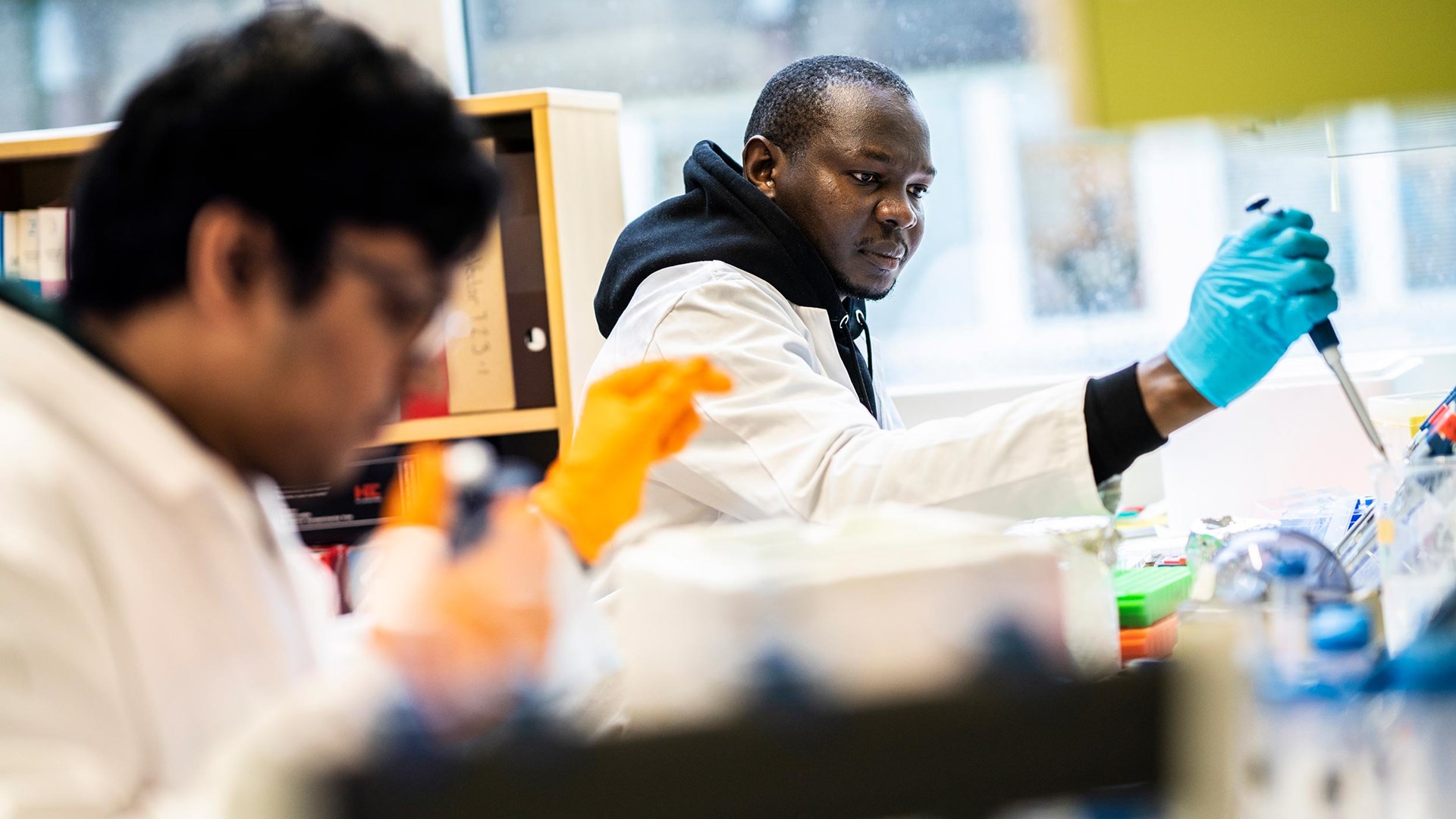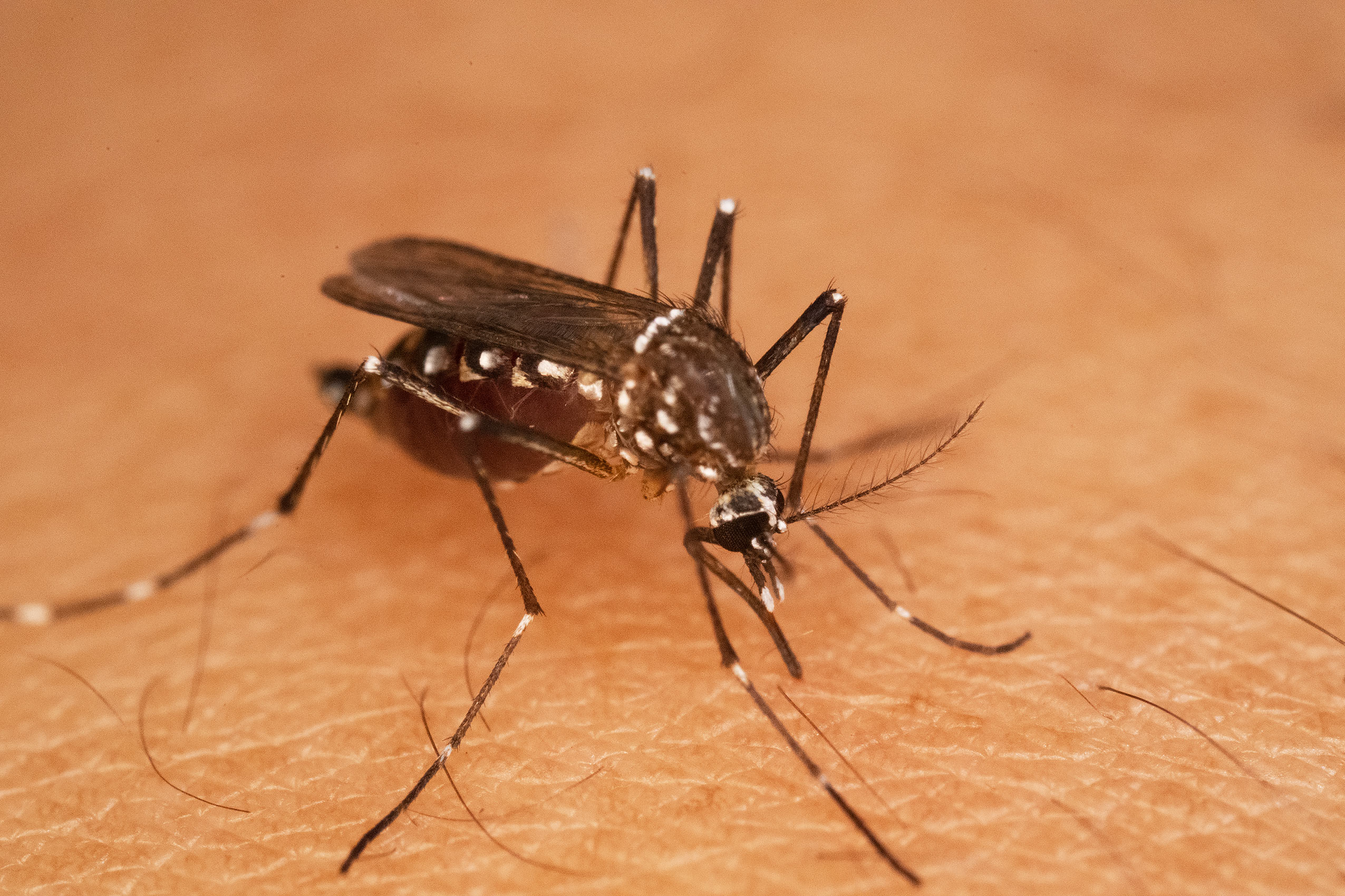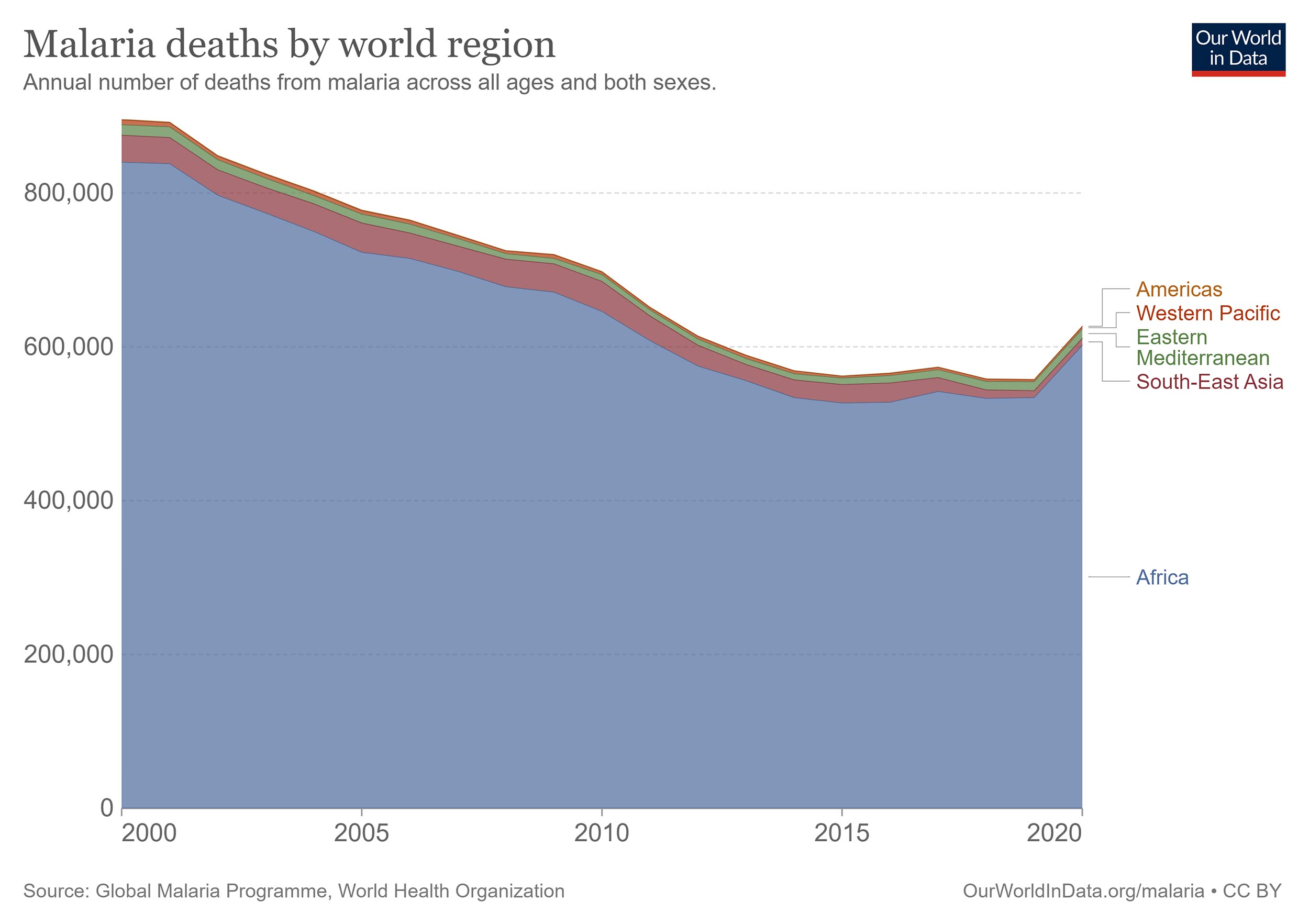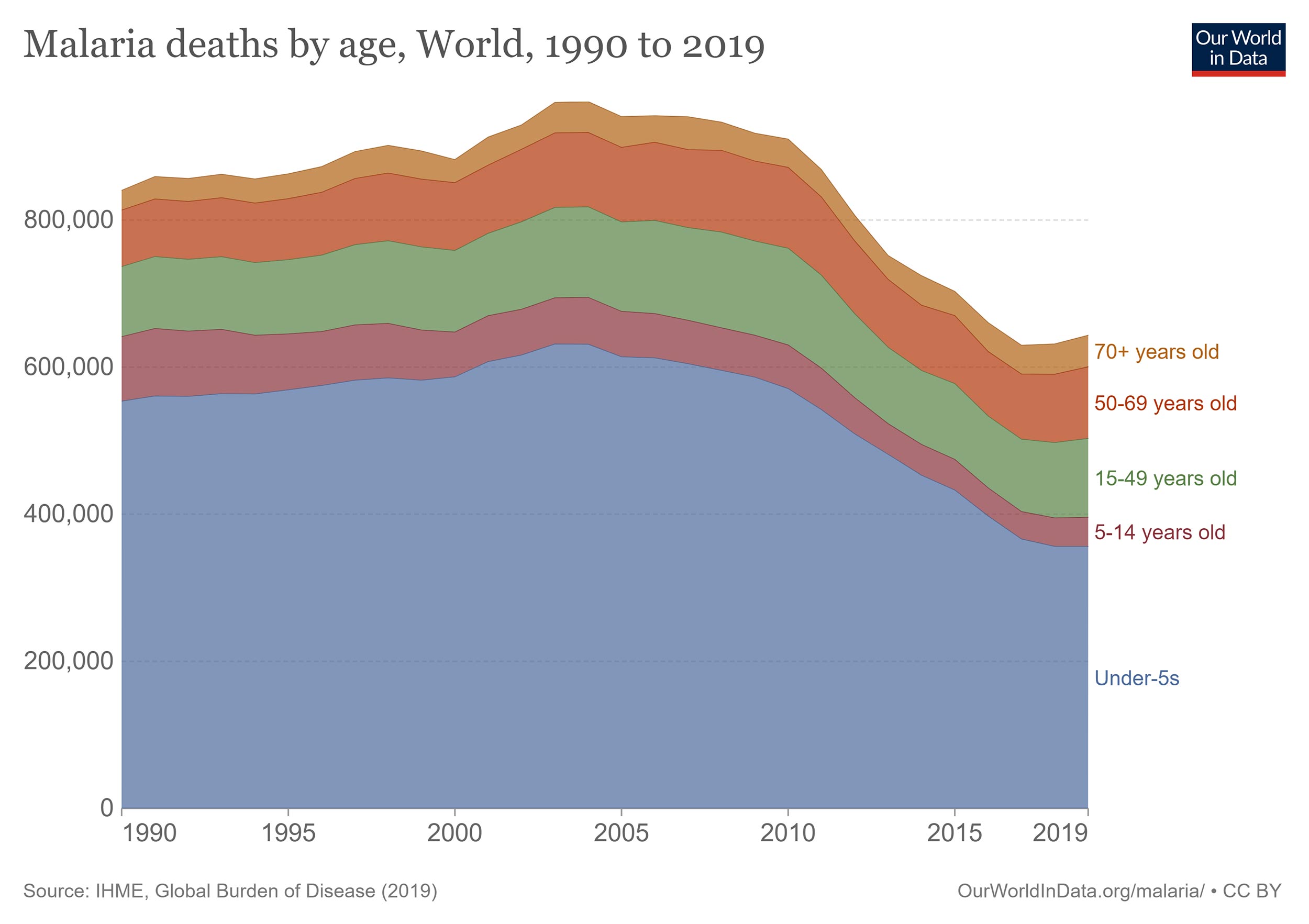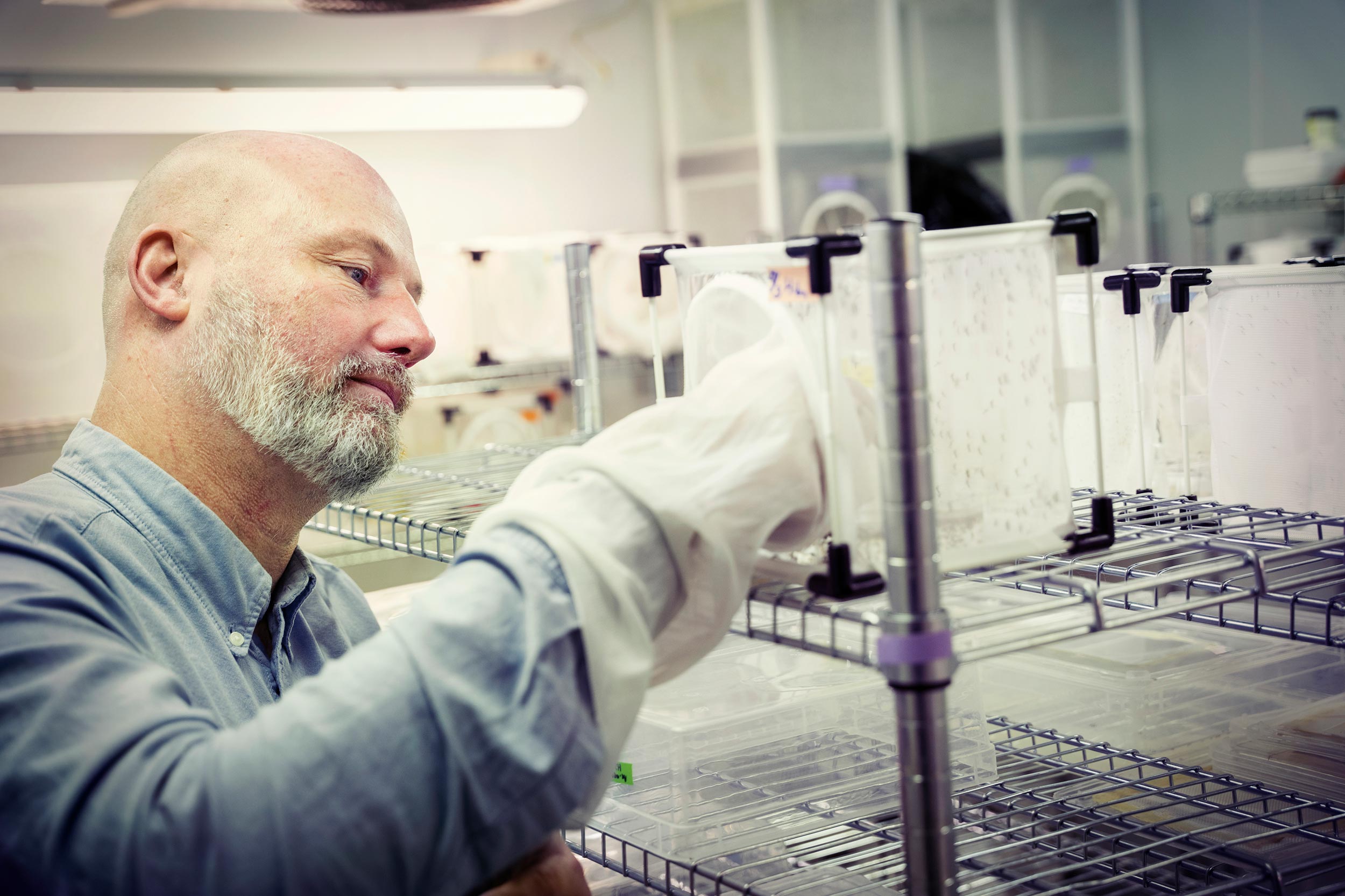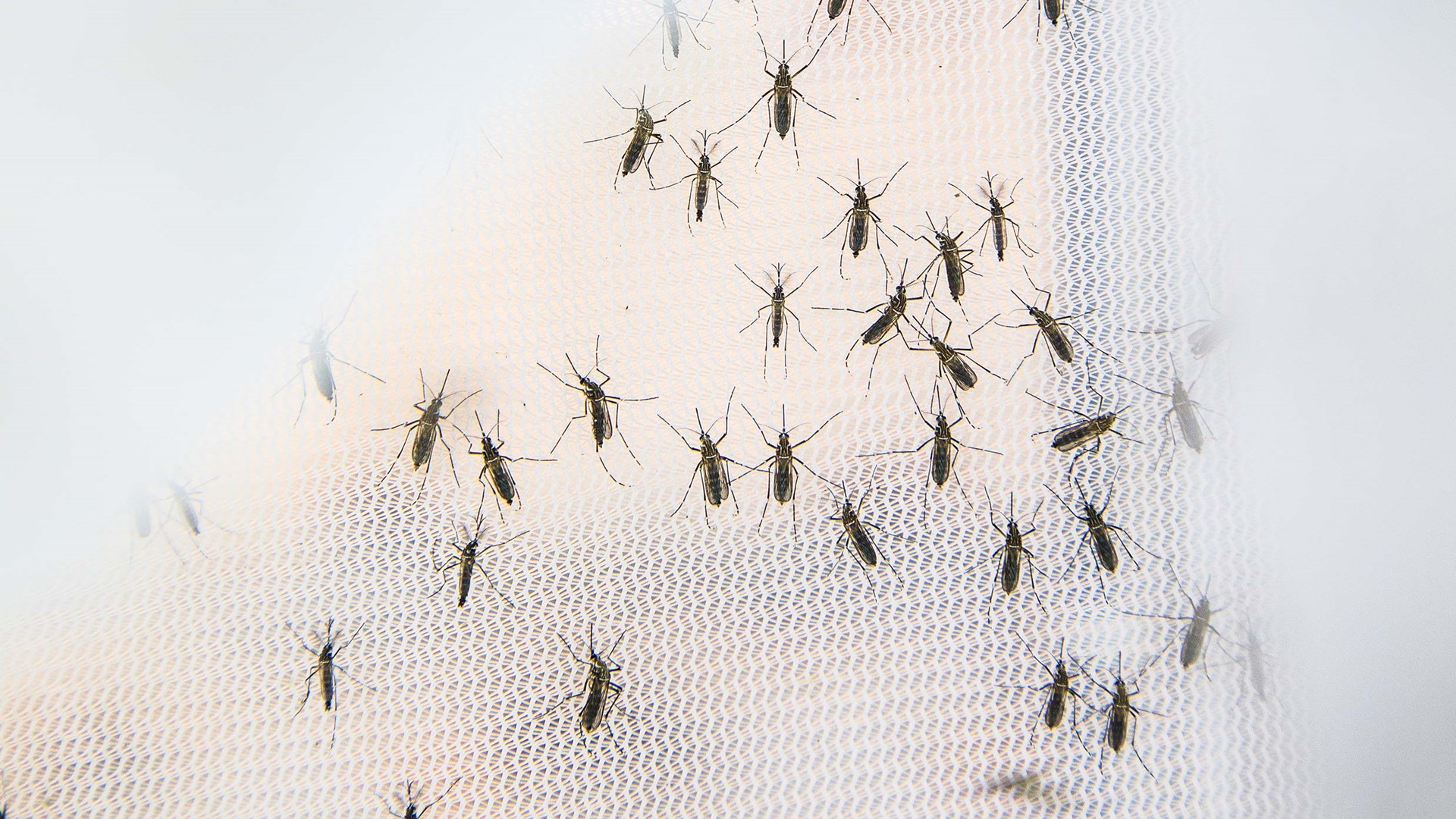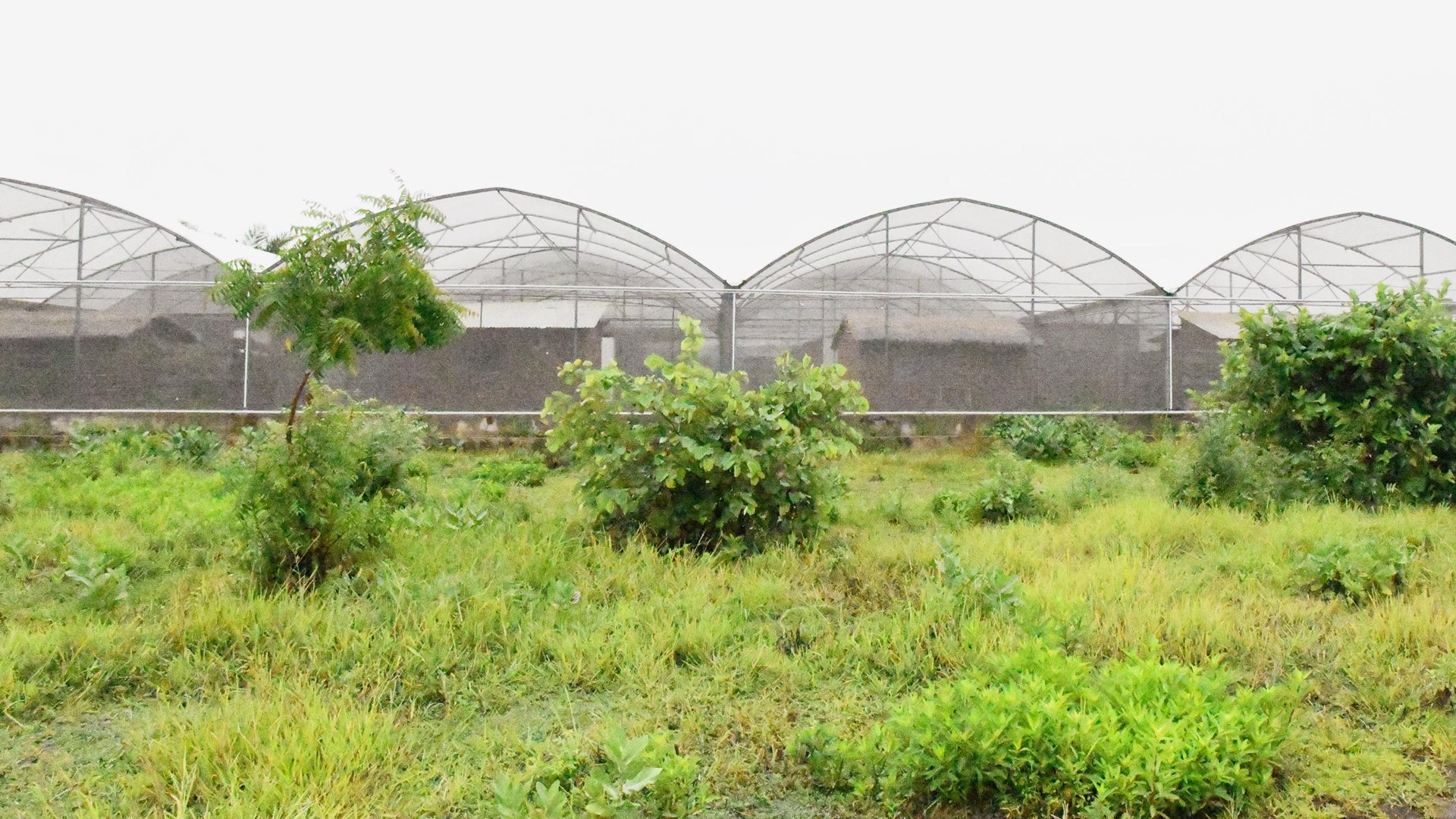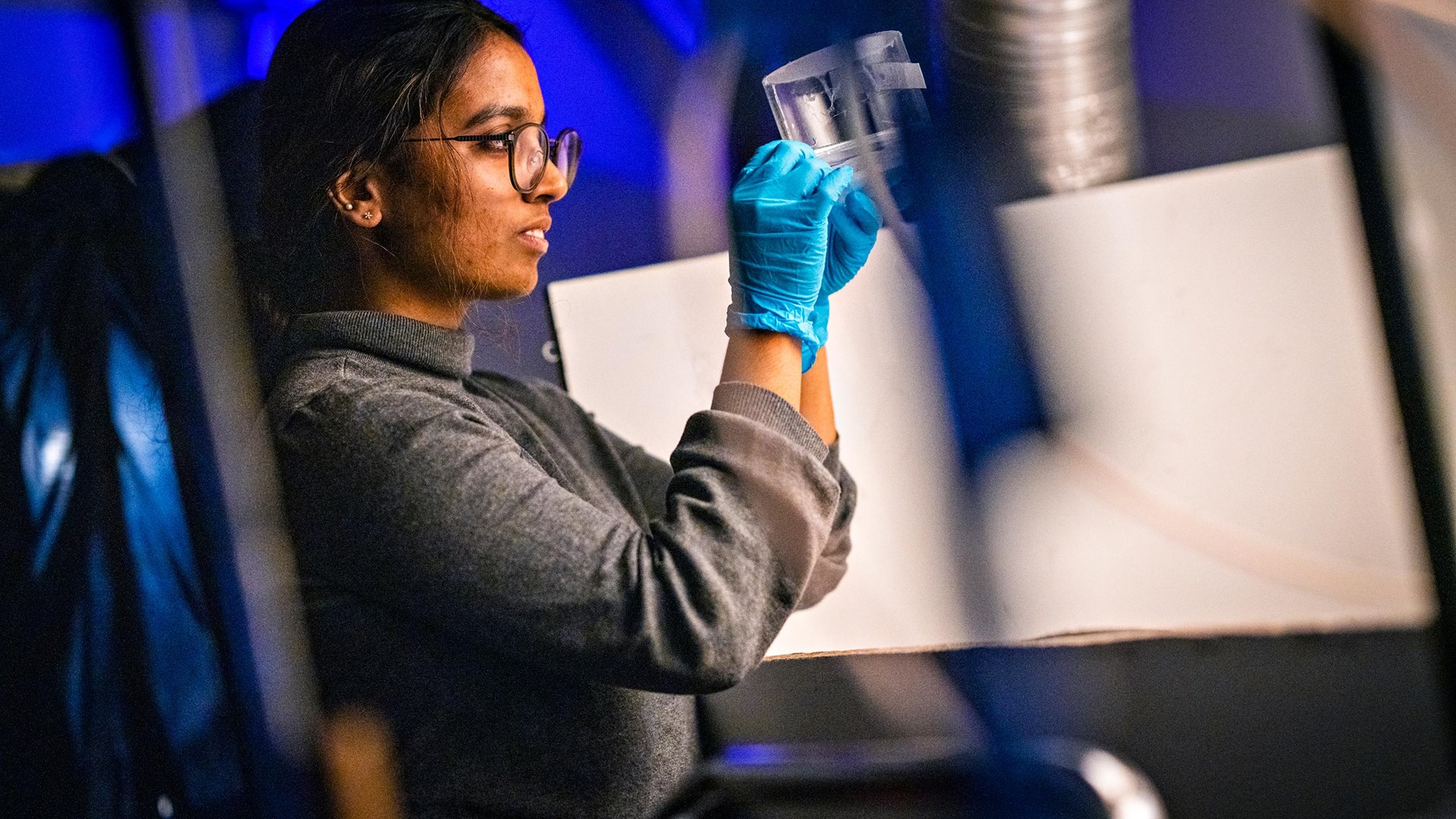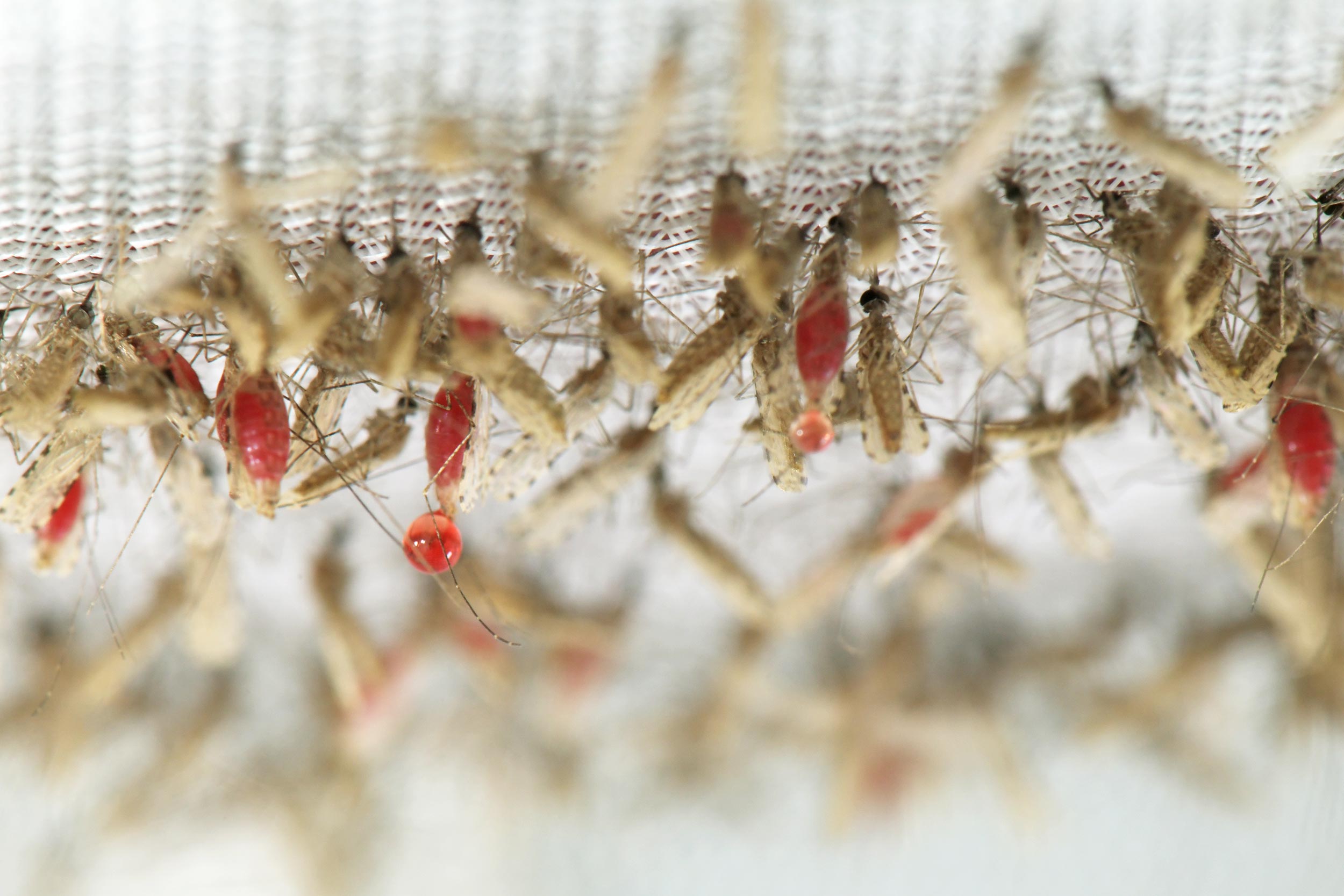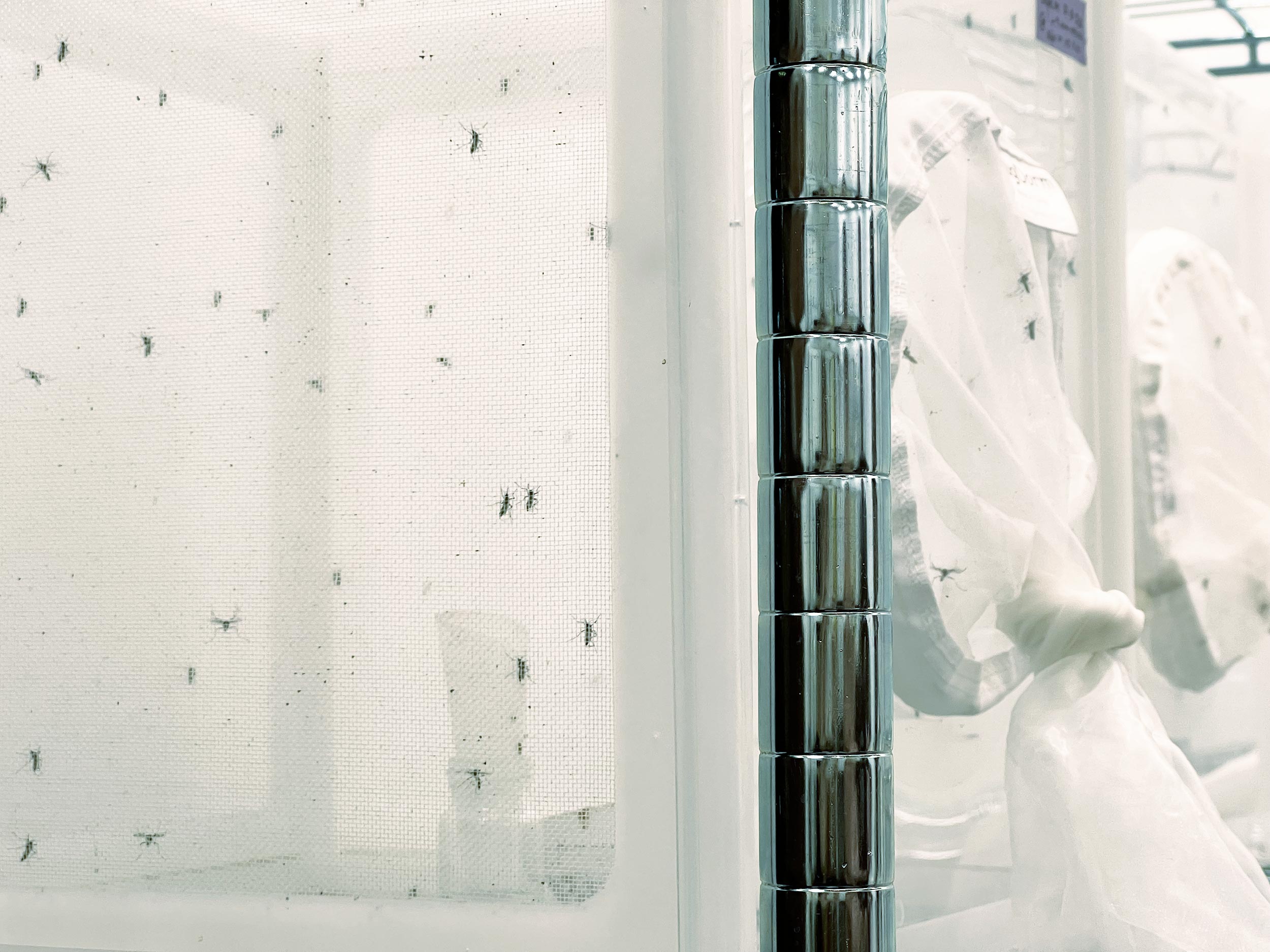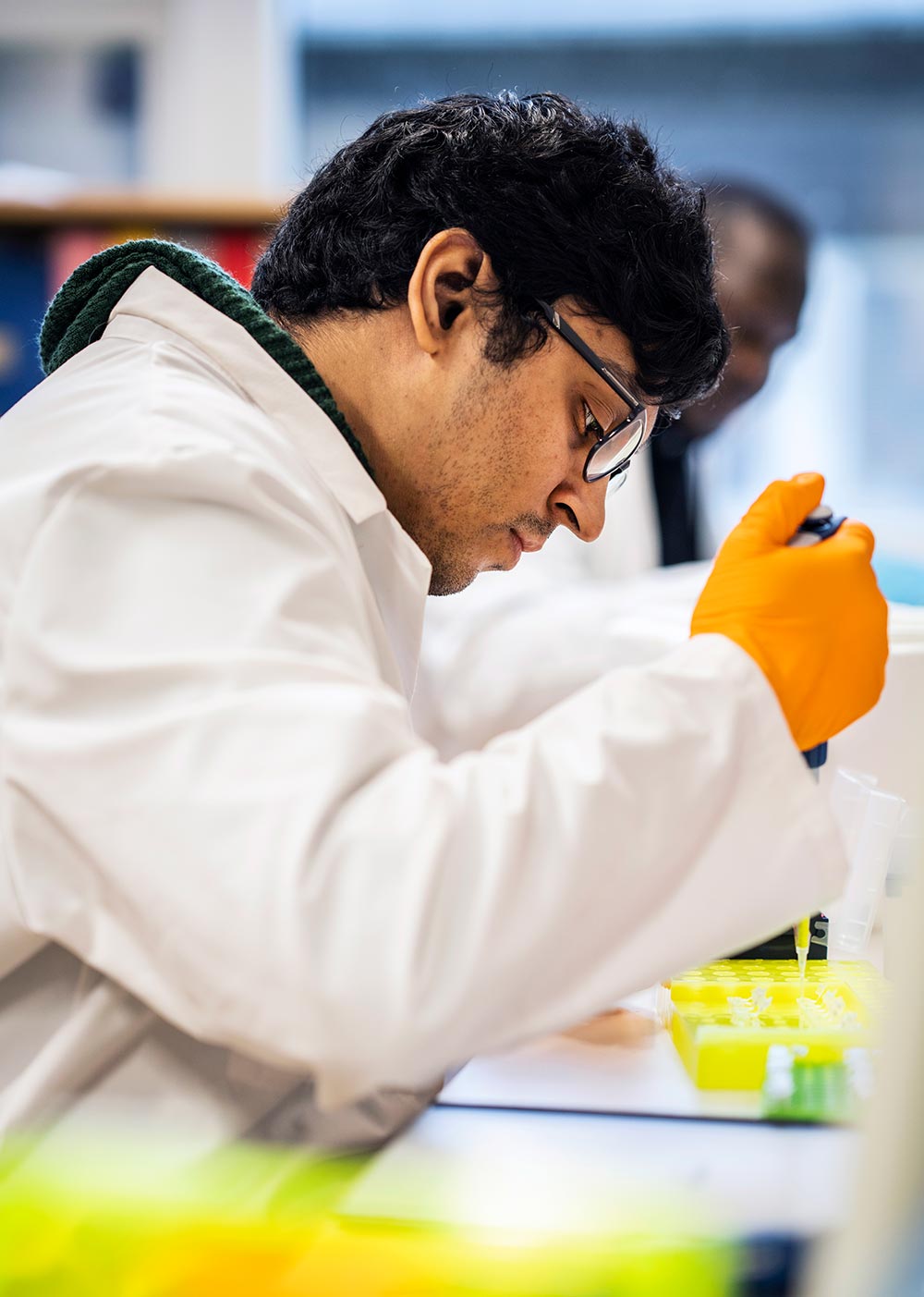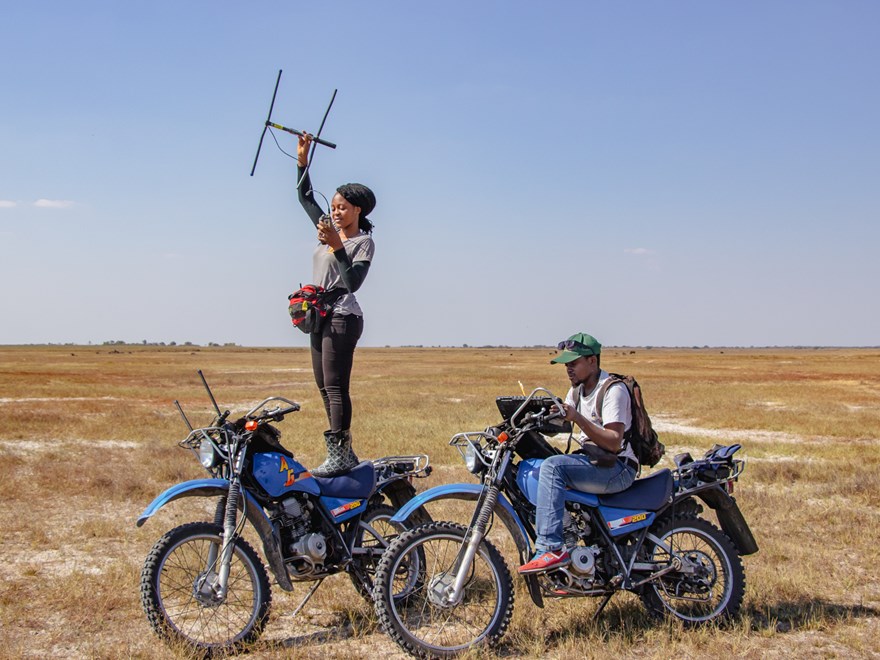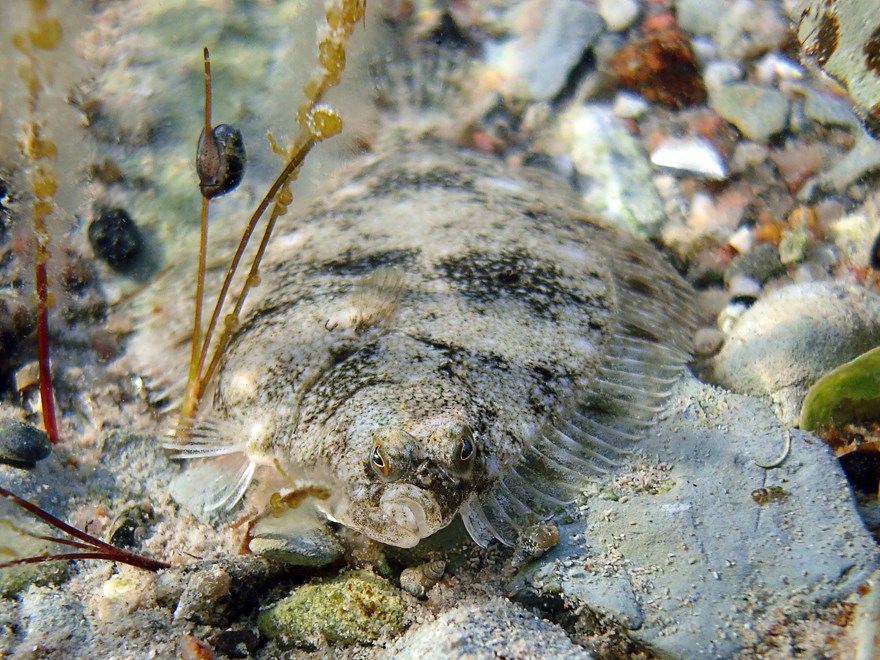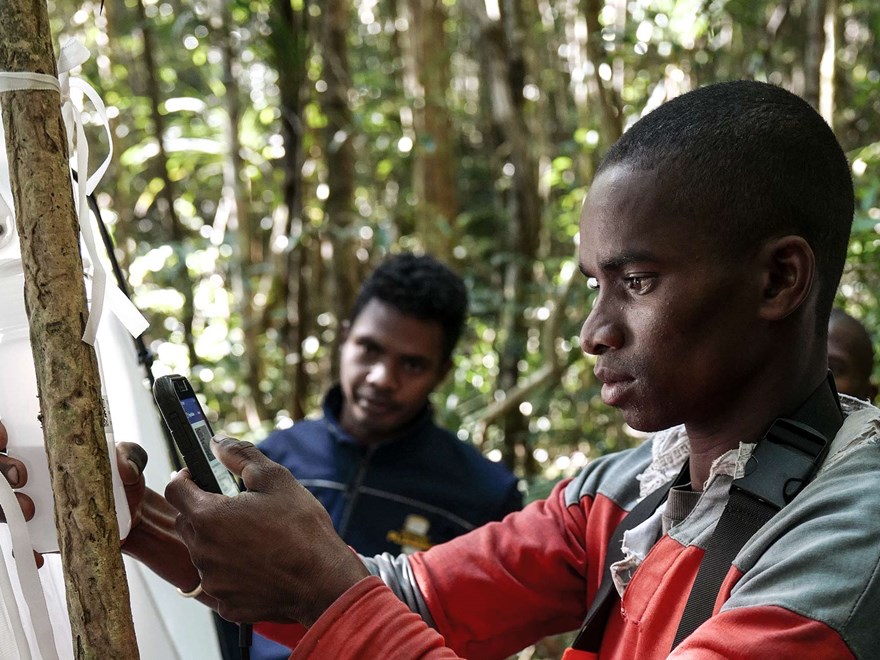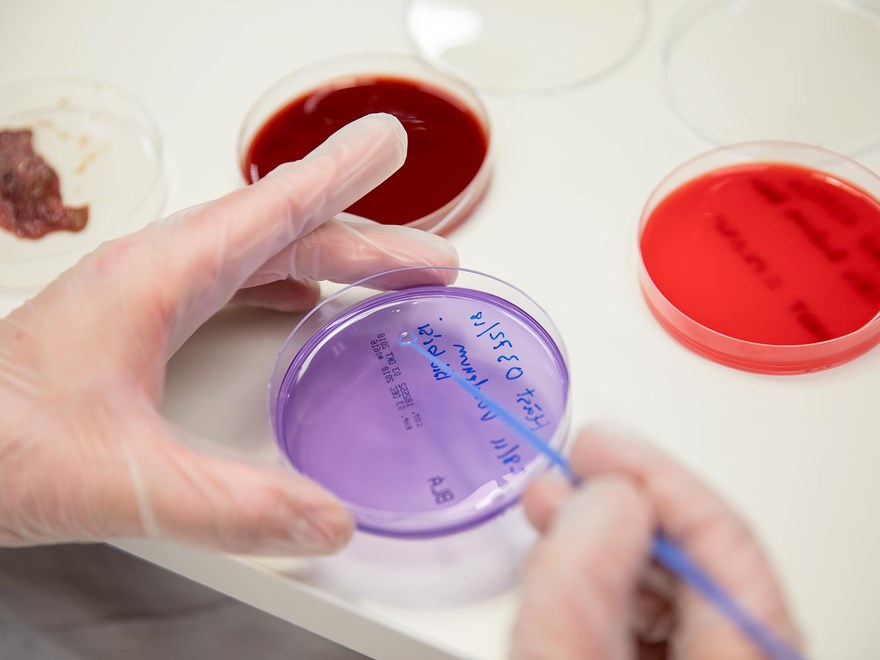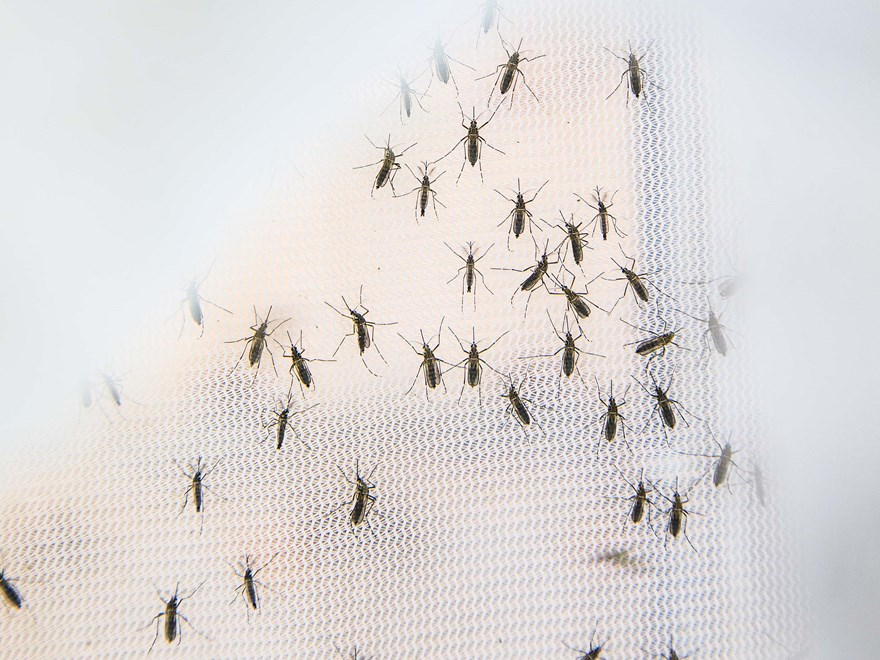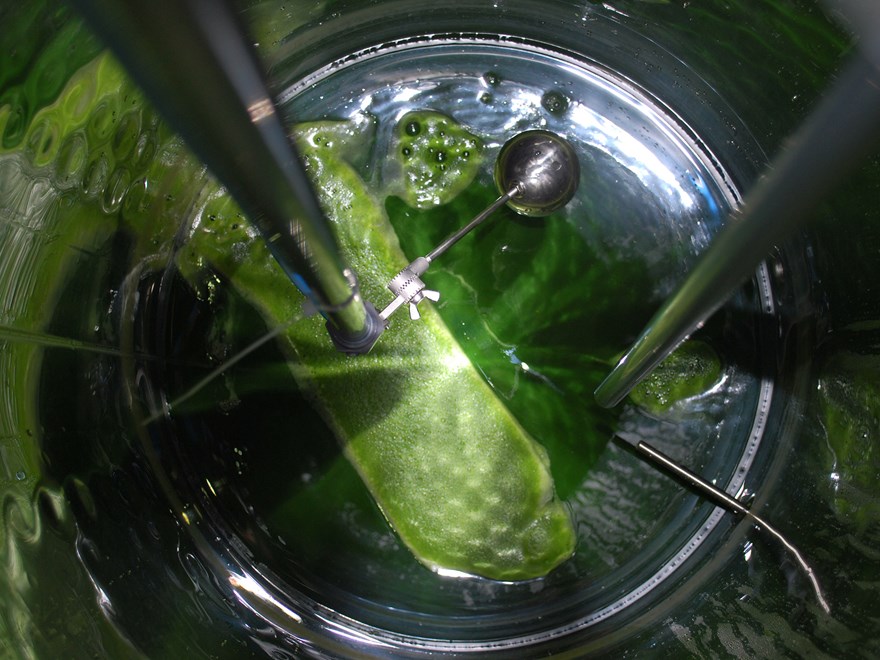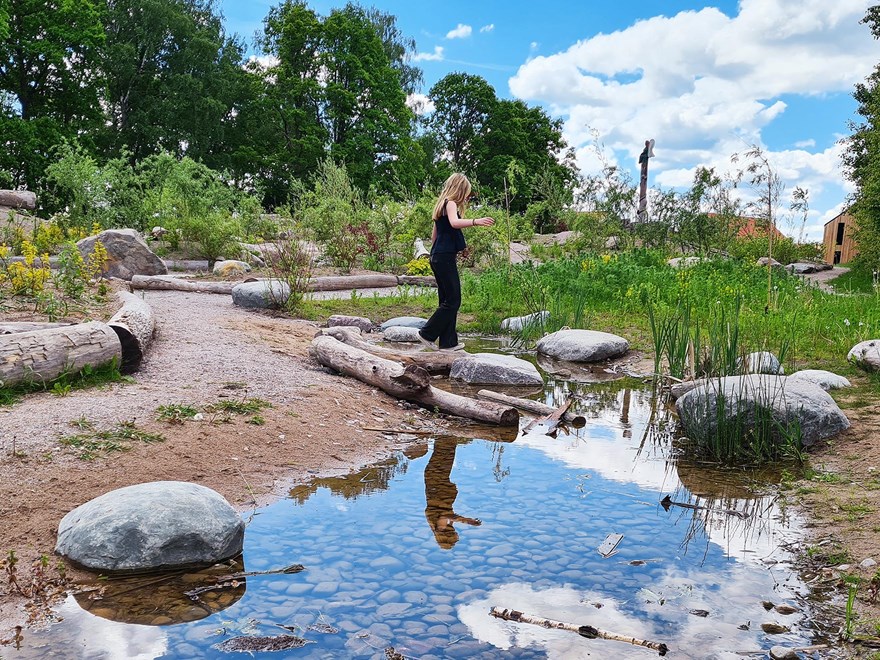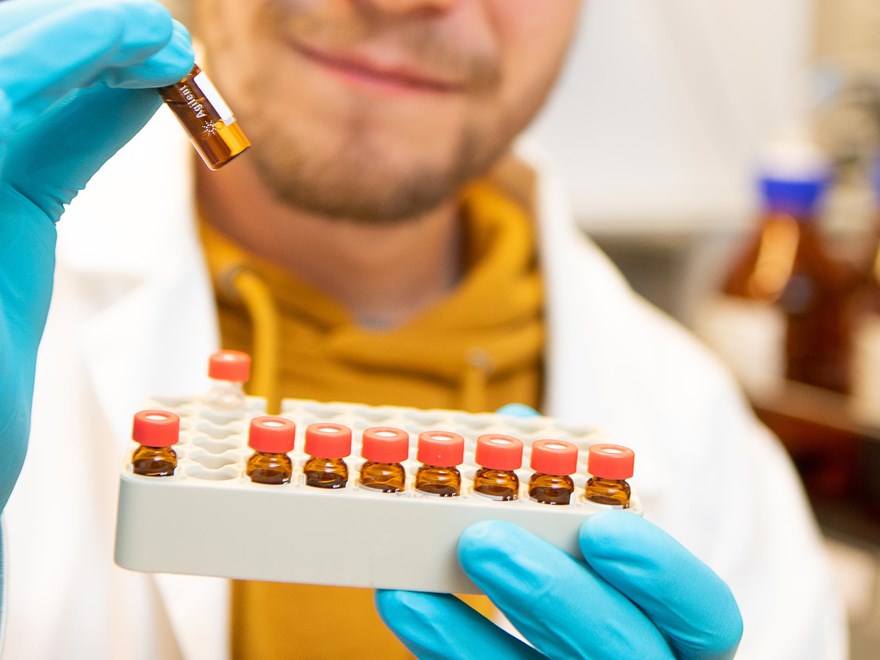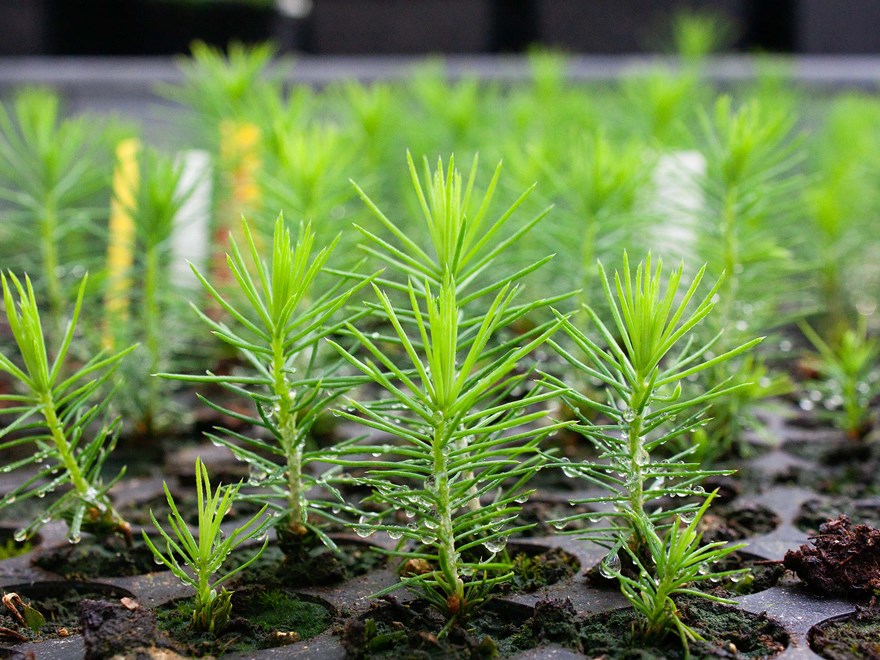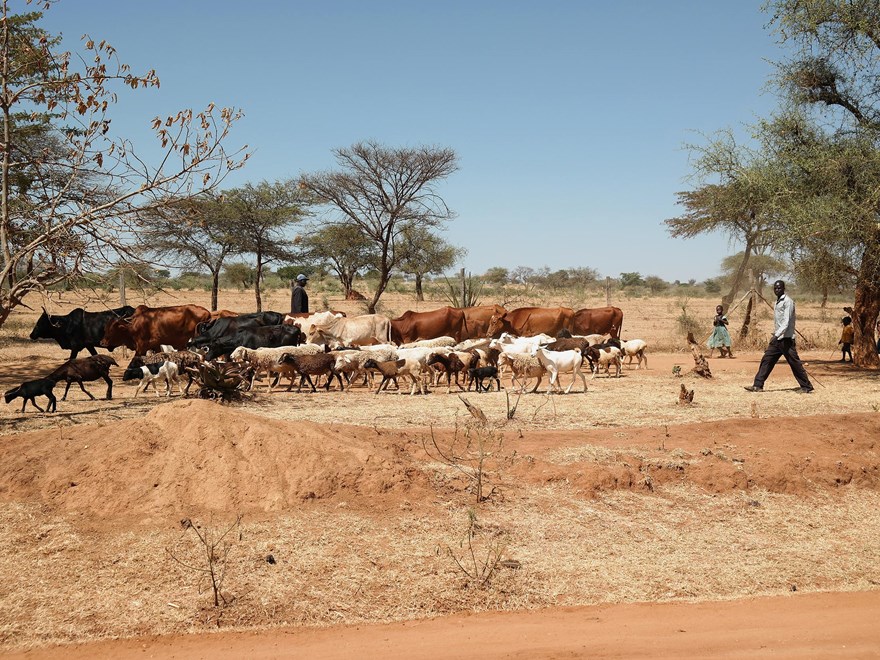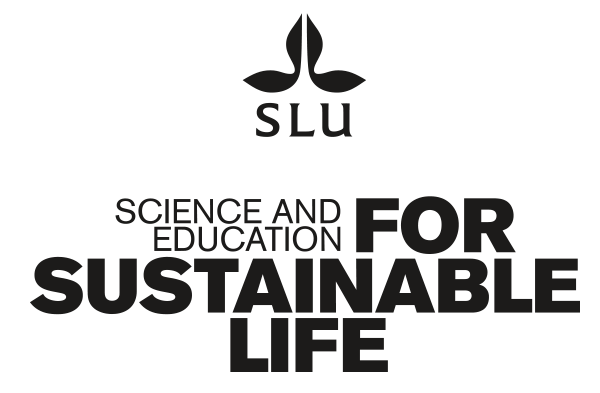Rickard Ignell, Professor at the Department of Plant Protection Biology. Photo: Johan Persson
‘If we can successfully reduce the number of mosquitoes carrying the pathogens, we can break the transmission of the disease,’ says Professor Rickard Ignell. ‘That was what happened in Sweden in the 1930s and in other parts of the world where malaria no longer exists. But in the tropics, the problem persists.’

Synthetic cow urine saved lives
The village of Magge in Ethiopia, 2019. Professor Rickard Ignell and his team of researchers prepare fifty mosquito traps containing the scent of synthetic cow urine. This was developed following several years of research in partnership with Addis Ababa University. The goal of this field research is to use this scent to attract and trap the infected mosquitoes in order to reduce the number of malaria cases in the village.
During the field study, a malaria epidemic breaks out in the part of Ethiopia where the village of Magge is located. But malaria cases do not increase in Magge. In fact, the incidence of the disease decreased by 60–70% during the field test. The research yielded excellent results – it helped save lives.
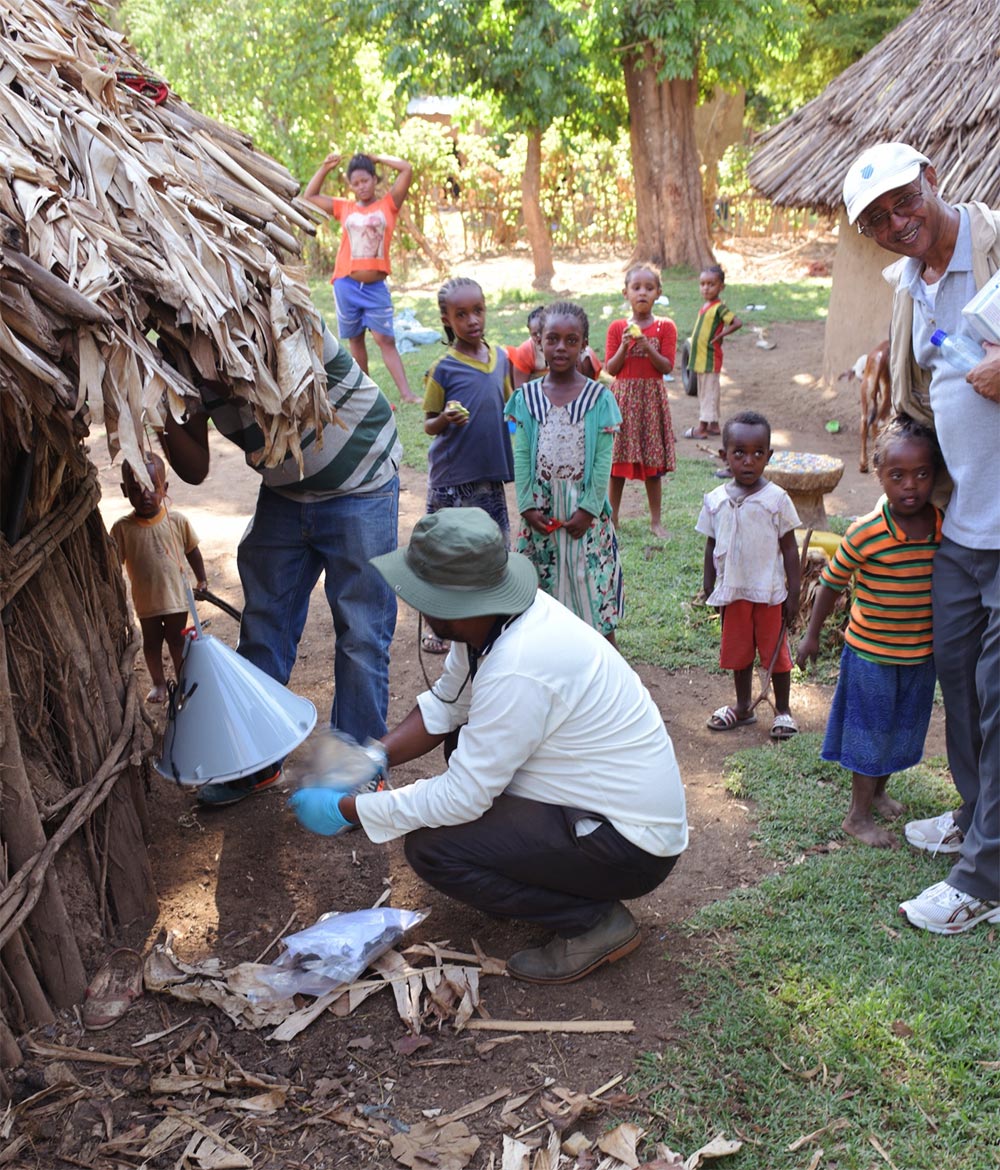
Doctoral student Yared Debebe installs mosquito traps with synthetic odour of bovine urine in the village of Magge in southern Ethiopia. To the right, Habte Tekie, our co-worker at Addis Ababa University. Photo: Rickard Ignell
‘We had a discussion with the village leaders and informed the local community associations of the purpose of the study,’ Ignell explains. ‘Getting them to agree wasn’t difficult, nor was it hard to get them to approve setting up solar panels. Not only did the panels allow us to charge the batteries for the traps, they also provided the villagers with electricity, for the first time ever, for lighting and to charge their mobile phones.’

